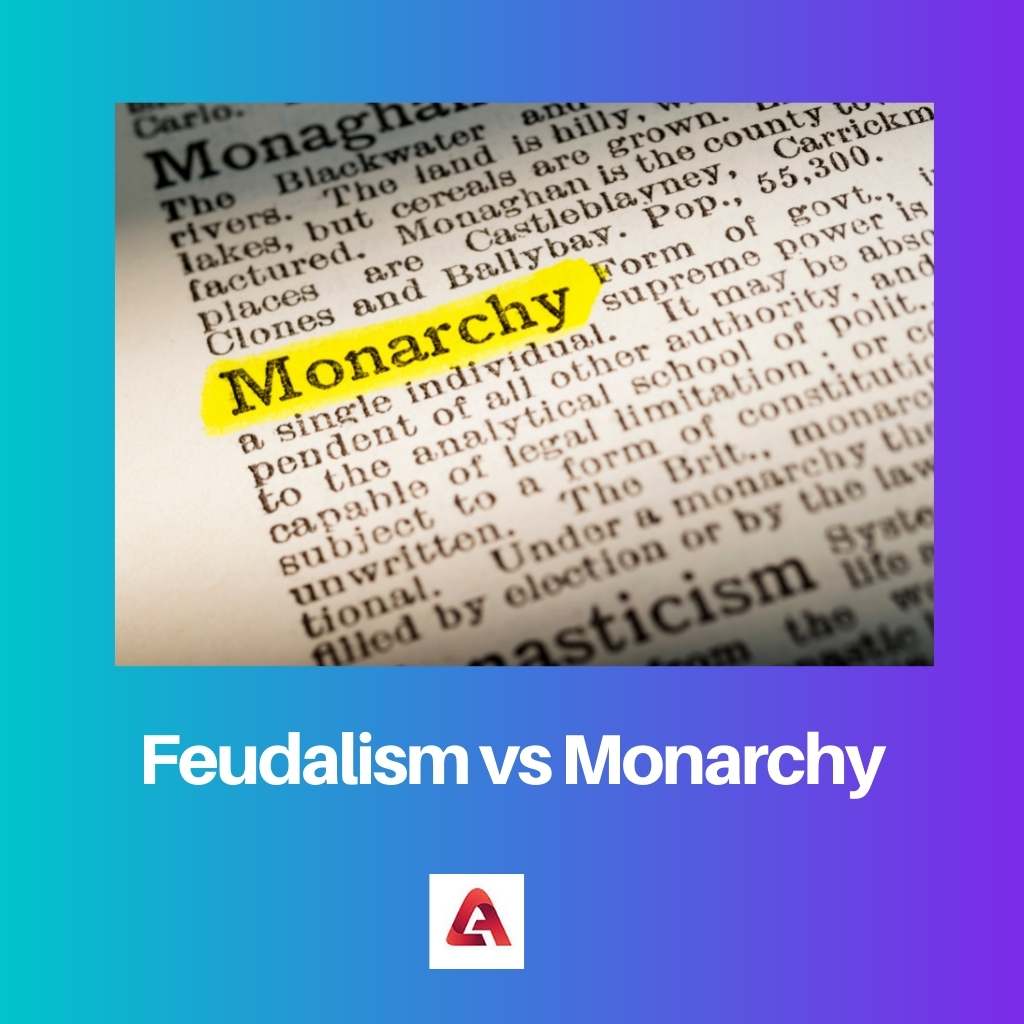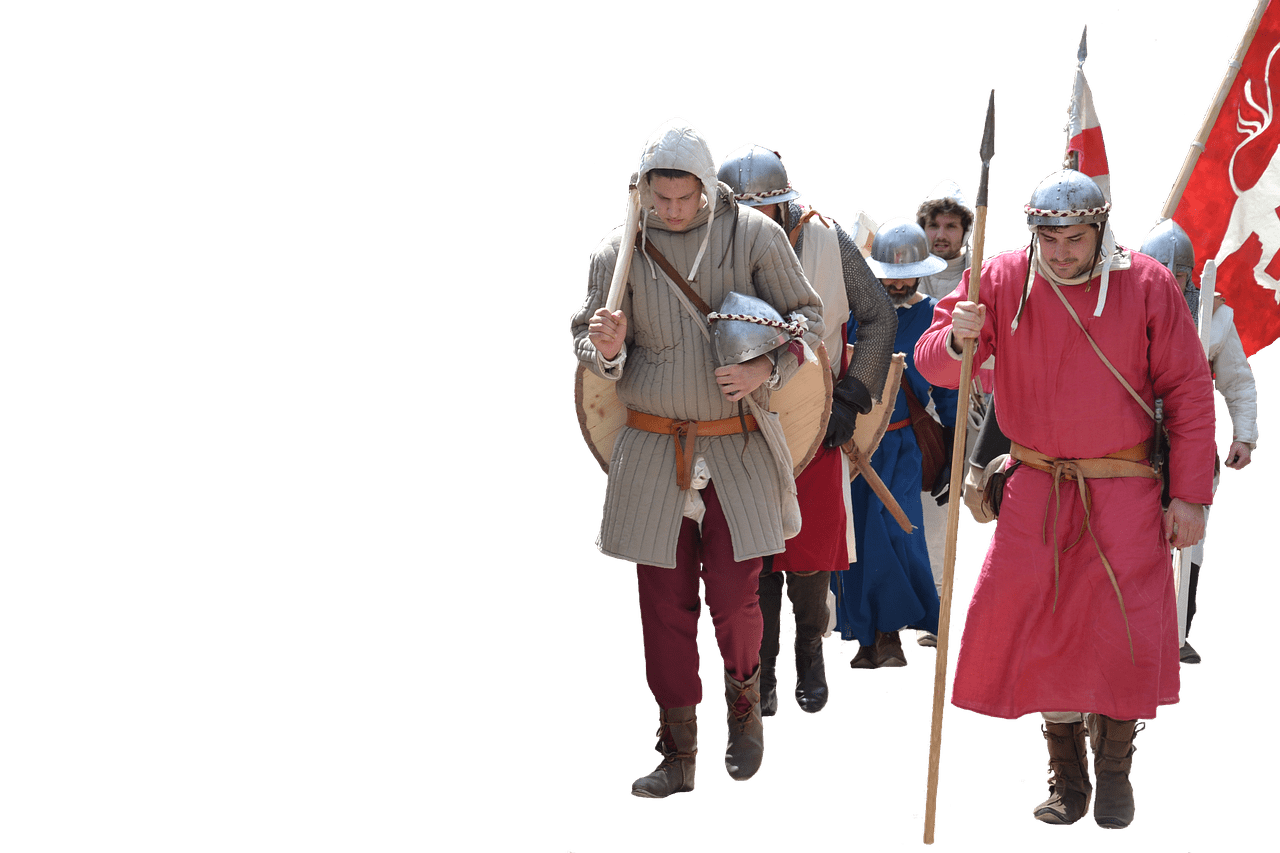From the very beginning of civilization, we can find governing bodies. These governing bodies can be of several types, and they get distinguished based on their nature and organizing traits.
Key Takeaways
- Feudalism is a political and social system based on land ownership and reciprocal obligations, whereas a monarchy is a government with a single ruler.
- In feudalism, power is decentralized and distributed among lords and vassals; power is centralized with the monarch in a monarchy.
- Feudalism developed during the Middle Ages in Europe, while monarchy has existed in various forms throughout history and across cultures.
Feudalism vs Monarchy
Feudalism was a social and economic system based on personal relationships between lords and vassals, with land ownership as the primary source of power. A monarchy is a form of government where power is centralized in one person, and the ruler’s power is based on their position as head of state.

Feudalism was a dominant social system in medieval Europe. In this, the Nobel people used to grip lands and, in exchange, used to offer military service.
The class hierarchy was very prominent in this system. However, we also have examples of constitutional monarchy, where elections used to be the method of selection.
Comparison Table
| Parameters of Comparison | Feudalism | Monarchy |
|---|---|---|
| Definition | Feudalism is a type of government where people occupy different ranks to govern a country. | Monarchy is a type of government that is governed by a king or queen. |
| Etymology | The word feudalism got its origin in the Latin language. | This word got its origin in the Greek language. |
| Origin period | 16th century AD | 12th century AD. |
| Holder of power | In feudalism, the head of politics is called Lord. | The Head of politics is called Monarch. |
| Constitution | In feudalism, the constitution does not exist. | In a monarchy, the constitution has a place. |
What is Feudalism?
The system was at its peak between the 9th and 15th centuries in Medieval Europe. Under this governing body, the backbone of the society was based on the land and service or labour for it.
The absence of bureaucratic infrastructure led to the distribution of land to the mounted soldiers. These soldiers started to secure a system where the rule over these lands was made to be hereditary.
Many countries adopted this regulating system at some point. In Asia, countries like Bangladesh, China, India, Tibet, and Pakistan in Europe, places like Armenia, England, France, Portugal, Rome, and Russia had this feudal system.
Although the feudal system could not enter Africa, North America and South America. Some of the popular leaders of this social system are King Henry II, King William and Kublai Khan.

What is Monarchy?
A monarchy is a governing system where only one person rules as the head of the country. The successor of the ruler used to be hereditary. Monarchy can be of various types depending on the rulers.
In some instances, we can see elections used to get held for the selection of a new monarch of the monarchy. The opposite of monarchy is republicanism.
Historians believe a monarchy system has a simple process of ruling. Law-making is also simple, and the King or the Queen always keep its military force strong.
The ruler, being the only person in power, becomes the most significant person to influence the customs of the country. It was very common to brew rebellion under the lead of a monarchy.

Main Differences Between Feudalism and Monarchy
- Feudalism got its origin in the 16th century AD, and monarchy came before that in the 12th century AD. The word feudalism got its root in Latin, and the monarch word found its origin in Greek.
- Constitution has no role to play in feudalism, but on the contrary, in a monarchy constitution holds significance.

The historical insight provided in this post is truly engaging and insightful. The author has done a great job at presenting the differences between feudalism and monarchy in a comprehensive manner.
The article is meticulously detailed and offers a comprehensive overview of feudalism and monarchy. An engaging and enriching read for history enthusiasts.
The article provides a very informative and detailed explanation of the origin and differences between feudalism and monarchy. Good read!
The absence of the bureaucratic infrastructure in feudalism led to the distribution of land to the mounted soldiers, very interesting! I can see how this system worked effectively during those times.
This article effectively highlights the contrasts between feudalism and monarchy. It’s an important read for anyone interested in history and governance systems.
This article does an excellent job of discussing the differences between feudalism and monarchy. The historical context and comparisons outlined are enriching.